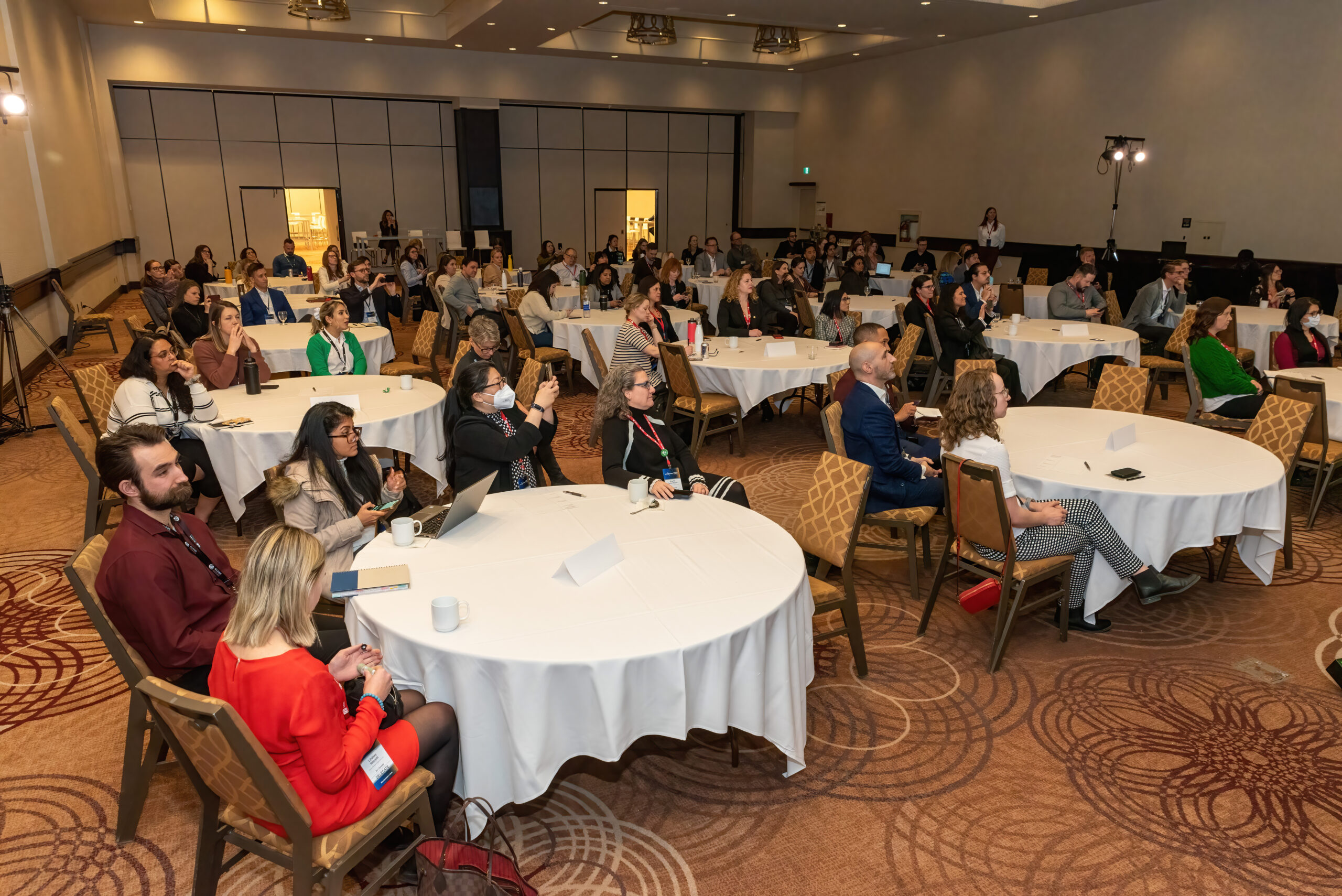CBSR is proud to have successfully completed its first year of the Sustainable Procurement Fellowship (SPF) program. This program was created to educate professionals on sustainable procurement — a commonly overlooked opportunity to lower greenhouse gas emissions (GHGs) — and to provide tools, resources and collaboration that can turn net-zero ambitions into reality.
The SPF was created in partnership with HP, and with support from an incredible group of advisors including Bob Willard (Sustainability Advantage), Monica Da Ponte (Shift & Build), and Frances Edmonds (HP).
We asked graduates from our first-ever SPF cohort to reflect on their learnings and takeaways from the program. Here’s what they shared:
- Strategy & support from leadership is an important first step when trying to implement sustainable procurement at your organization. Clear and consistent communication about sustainable procurement goals and net-zero priorities enables action and collaboration between all functions of the organization. Support from the top leaders of an organization solidifies company-wide alignment.
- Identify focus areas and hot spots for action. Pinpointing GHG emissions hotspots where action can have the greatest impact can help you figure out how to efficiently allocate resources. Tim Reeve from Reeve Consulting taught the cohort how to identify High Impact Procurement Opportunities (HIPOs) to identify a starting point for their sustainable procurement initiatives.
- Leverage existing processes and success stories to inform your organization’s journey and to build a business case. Build on existing sustainability efforts; you don’t have to start from zero. Whether it is adding more weight to sustainability metrics in RFPs or borrowing from case studies of organizations who have successfully implemented sustainable procurement, leveraging the work that is already underway strengthens the business case to invest further.
- Approach sustainable procurement strategies holistically. Sustainable procurement reaches beyond “just” the procurement function at your organization. All teams and functions make purchases that could be supporting the organization’s net-zero journey – it is important that everyone at the organization is aware of the importance of sustainable procurement, and that they have access to resources and knowledge to support improved decision-making for organizational purchases.
- Effective communication strategies are vital to long-term success. Without proper communication, it will be challenging for your sustainable procurement initiative to gain traction. Efforts should prioritize (1) internal capacity building focused on the significance and directions for incorporating sustainable purchasing criteria into the procurement process, and (2) external supplier engagement to clarify expectations and align on a pathway forward that meets your organization’s sustainability requirements.
Sign-up for updates on the next cohort of the Sustainable Procurement Fellowship or explore the SPF Fellows from the 2023 cohort.
